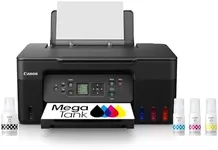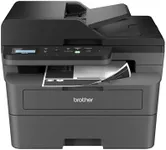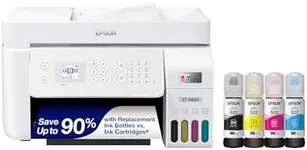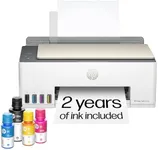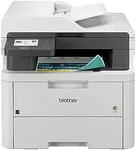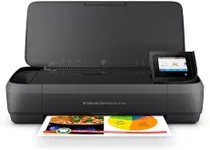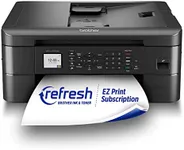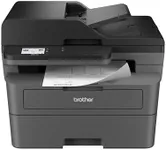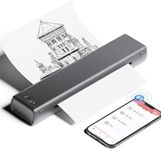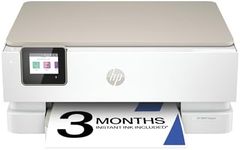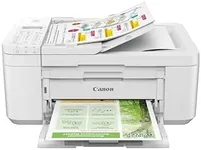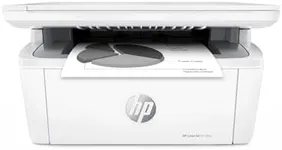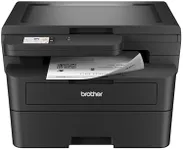Buying Guide for the Best Compact Printer Scanner
When choosing a compact printer-scanner, it's important to consider your specific needs and how the device will fit into your daily routine. Compact printer-scanners are designed to save space while providing the essential functions of printing and scanning. To make the best choice, you should evaluate several key specifications that will impact the performance and suitability of the device for your tasks. Understanding these specs will help you find a model that meets your requirements without unnecessary features that could complicate your experience or take up more space than necessary.Print ResolutionPrint resolution is measured in dots per inch (DPI) and indicates the quality of the printed output. Higher DPI values mean better print quality, which is important if you need to print detailed images or professional documents. For general document printing, a resolution of 600 DPI is usually sufficient. If you need to print high-quality photos or graphics, look for a printer with a resolution of 1200 DPI or higher. Consider your typical printing tasks to determine the appropriate resolution for your needs.
Scan ResolutionScan resolution, also measured in DPI, determines the clarity and detail of scanned documents and images. Higher scan resolutions are important if you need to digitize photos or documents with fine details. For basic document scanning, a resolution of 300 DPI is generally adequate. For scanning photos or detailed graphics, a resolution of 600 DPI or higher is recommended. Think about the types of documents you will be scanning most often to choose the right scan resolution.
Print SpeedPrint speed is measured in pages per minute (PPM) and indicates how quickly the printer can produce printed pages. This is important if you need to print large volumes of documents quickly. For occasional home use, a print speed of 10-20 PPM is usually sufficient. For more frequent or office use, look for a printer with a speed of 20-30 PPM or higher. Consider how often and how much you print to determine the necessary print speed for your situation.
Connectivity OptionsConnectivity options refer to the ways you can connect the printer-scanner to your devices. Common options include USB, Wi-Fi, and Bluetooth. USB connections are reliable and straightforward, but require a physical connection. Wi-Fi allows for wireless printing from multiple devices, which is convenient for home or office use. Bluetooth is useful for quick, direct printing from mobile devices. Consider how you plan to use the printer-scanner and choose the connectivity options that best fit your workflow.
Size and PortabilitySize and portability are crucial for a compact printer-scanner, especially if you have limited space or need to move the device frequently. Compact models are designed to be small and lightweight, making them easy to fit into tight spaces or transport. Check the dimensions and weight of the printer-scanner to ensure it will fit in your intended location and be easy to handle. Think about where you will place the device and how often you might need to move it to choose the right size.
Paper HandlingPaper handling refers to the types and sizes of paper the printer can accommodate, as well as the capacity of the paper tray. This is important if you need to print on different paper sizes or types, such as envelopes, labels, or photo paper. A larger paper tray capacity means less frequent refilling, which is convenient for high-volume printing. Consider the types of documents you will print and the volume of printing to determine the necessary paper handling features.
Additional FeaturesAdditional features can enhance the functionality and convenience of a compact printer-scanner. These may include duplex printing (automatic double-sided printing), an automatic document feeder (ADF) for scanning multiple pages at once, and mobile printing capabilities. While these features can be useful, they may also add to the cost and complexity of the device. Consider which additional features are essential for your tasks and which ones you can do without to make the best choice.
